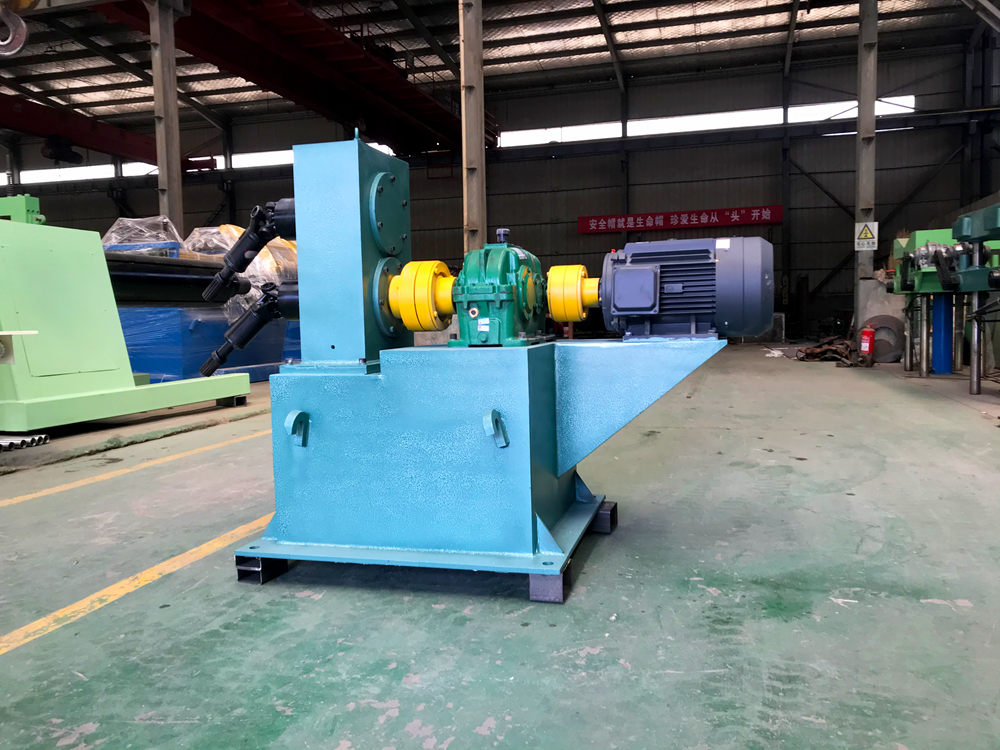
Understanding the China Slitting Line A Comprehensive Overview
The slitting line is an essential piece of machinery in the manufacturing and processing industry, particularly in China, where the demand for precise metal processing continues to grow. A China slitting line, typically used to cut large coils of steel or aluminum into narrower strips, serves a vital function in various sectors including automotive, construction, and consumer goods. This article explores the intricacies of slitting lines, their significance, and the advancements being made in China.
What is a Slitting Line?
A slitting line is a machine that takes wide rolls of steel or aluminum and slits them into narrower strips, which can then be further processed or shipped for use in manufacturing. The process begins with the unwinding of a large coil of metal, followed by feeding it through a series of rollers and blades that slice it into the desired widths. Once the slitting operation is complete, the individual strips are recoiled for easy handling and transportation.
Importance of Slitting Lines in the Manufacturing Industry
Slitting lines play a crucial role in the efficiency of manufacturing operations. By converting large coils into usable strips, they enable manufacturers to engage in just-in-time production, reducing the need for large inventories and allowing for quicker response times to market demands. Moreover, the precise cutting capabilities of modern slitting lines ensure that the resulting strips meet stringent tolerances, which is vital for industries such as automotive manufacturing, where precision can impact safety and performance.
Advancements in China’s Slitting Line Technology

China has been at the forefront of advancements in slitting line technology. Integrating automation and digitalization, modern slitting lines in China allow for enhanced efficiency and productivity. Advanced sensors and control systems enable real-time monitoring of the slitting process, minimizing errors and waste. These innovations have led to higher throughput rates, as producers can maintain consistent quality while dealing with larger volumes of material.
In addition, the integration of technology such as Artificial Intelligence (AI) and Internet of Things (IoT) is transforming slitting line operations. AI algorithms can analyze data collected from the production line to optimize speed and reduce energy consumption, while IoT devices allow for increased connectivity and remote monitoring. Such smart manufacturing initiatives have positioned China as a leader in the global metal processing market.
Economic Impact of Slitting Lines in China
The slitting line sector contributes significantly to China's economy. By supporting the manufacturing industry with efficient processing of materials, it fosters job creation and enhances productivity. As China continues to expand its infrastructure and manufacturing capabilities, the demand for slitting lines is expected to increase. This growth not only benefits the domestic market but also strengthens China's position as a key player in global supply chains.
Conclusion
In conclusion, the slitting line is a crucial component of China's manufacturing landscape. Its ability to efficiently convert large metal coils into precise strips has made it indispensable across various industries. The continuous advancements in slitting line technology, driven by automation and smart manufacturing, reflect China's commitment to maintaining its competitive edge in the global market. As the world moves toward more sustainable and efficient manufacturing practices, the role of slitting lines will undoubtedly evolve, paving the way for new innovations and business opportunities.